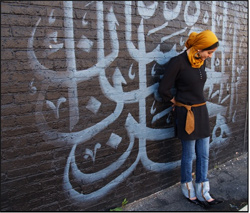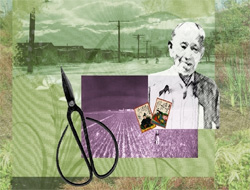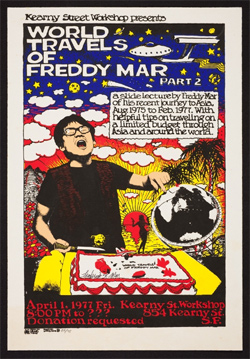All Events

Cup of Culture – Meet the Filmmaker
New Muslim Cool
MCC THEATER
New Muslim Cool takes viewers on Puerto Rican American rapper Hamza Perez's ride through the streets, projects, and jail cells of urban America, following his spiritual journey to some surprising places - where we can all see ourselves reflected in a world that never stops changing. Discussion with the director and Su'ad Abdul Khabeer, Senior Project Advisor for the film, following the screening. Jennifer Maytorena, 86 min., English, 2009, USA. Co-sponsored by the Center for Black Studies Research; the Center for New Racial Studies, University of California, Santa Barbara; and the Muslim Student Association.
An Evening of North Indian Classical Music with Amjad Ali Khan, Master of the Sarod and Amaan Ali Khan and Ayaan Ali Khan
LOTTE LEHMANN CONCERT HALL
Ustad Amjad Ali Khan is one of the 20th century’s greatest masters of the Indian sarod and the sixth generation sarod player in an illustrious family of musicians. He has performed at Carnegie Hall, Royal Albert Hall, Royal Festival Hall, Kennedy Center, St. James Palace’s, and the Opera House in Australia, to name a few. Amjad Ali Khan will be accompanied by his two sons Amaan Ali Khan and Ayaan Ali Khan, the seventh generation of musicians in the family and “coming masters” as the New York Times calls them. Tickets $10 UCSB students / $20 general. Contact the A.S. Ticket Office at 805-893-2064.

Art Exhibit
Double Vision: A Celebration of Hybridity • Shizue Seigel
MCC Lounge
Japanese American artist Shizue Seigel blurs the boundaries between photography, painting, found objects, and poetry to explore the shifting planes of multicultural identity. In today's evolving world, where minorities are the majority, the complexity of our stories is our American story. Seigel is also a poet and the author of In Good Conscience: Supporting Japanese Americans during the Interment (AACP, Inc. 2006).

Art Exhibit
Public Lives of Posters in San Francisco’s Chinatown, Manilatown, and Japantown, 1970s and 1980s. The Kearny Street Workshop Archives Poster Collection.
MCC Meeting Rooms
This exhibition is a special compendium which encapsulates visual cultures, global ethnopoles, and urban public spaces of that time. On street poles, storefront windows, and community centers— historic Asian Pacific American graphic art posters publicly announced and affirmed counter-narratives. Curated by Julianne P. Gavino, Ph.D. Candidate, Department of History of Art and Architecture.
Co-Sponsored by Asian American Studies, the California Ethnic and Multicultural Archives—UCSB Library, Instructional Development, and the Interdisciplinary Humanities Center.
